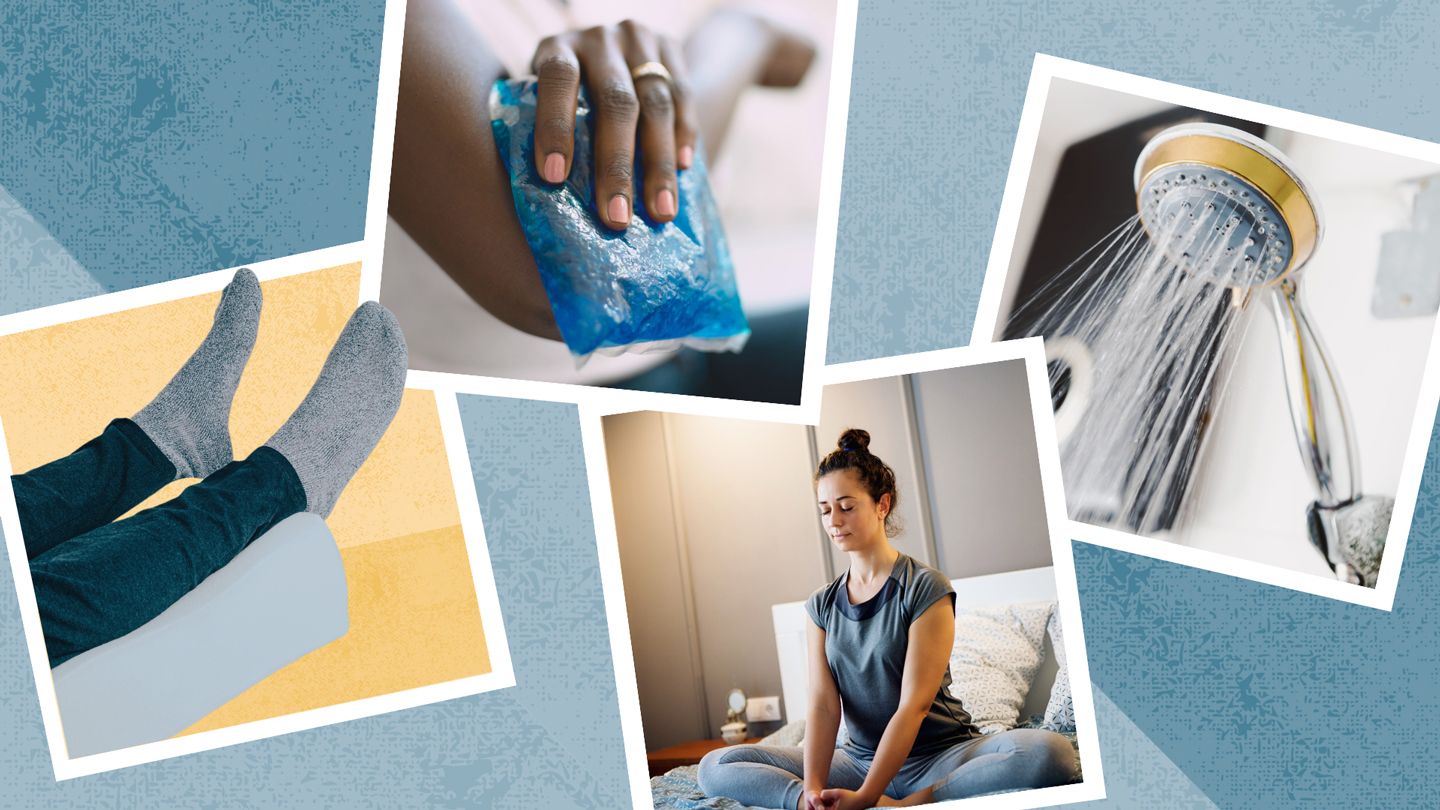Understanding Migraines and Their Triggers
Migraines are severe headaches that can be accompanied by nausea, vomiting, and sensitivity to light and sound. They can be debilitating and interfere with work and daily activities. According to the Migraine Research Foundation, over 37 million Americans suffer from migraines. Identifying and avoiding migraine triggers is an important part of managing the condition.
Common migraine triggers include:
- Stress
- Hormonal changes
- Sleep disturbances
- Dehydration
- Certain foods and drinks
- Bright or flashing lights
- Strong smells
- Loud noises
- Weather changes
Since migraines can be triggered by environmental factors, some jobs may be more problematic for migraine sufferers. Understanding which work environments and job duties tend to aggravate migraines can help sufferers choose a career path that minimizes migraine attacks.
Jobs with Irregular Schedules
Having a consistent daily routine is often recommended to help manage migraines. Irregular schedules and shift work can disrupt sleep patterns, meal times, and other habits - potentially triggering migraine episodes. Jobs with irregular hours or rotating shifts should be avoided by migraine sufferers when possible.
Examples of jobs with irregular schedules:
- Nurses, doctors, and other hospital staff who work overnight and evening shifts
- Pilots, flight attendants, and airline staff
- Customer service and call center employees working varying shifts
- Restaurant servers and staff with late night and weekend hours
- Retail employees with frequent shift changes
- Freelancers and gig economy workers with unpredictable schedules
Jobs with Long Hours
Working long hours can disrupt sleep and meal schedules, which are key for migraine management. Jobs that regularly require overtime or long workdays may lead to migraines for those prone to attacks.
Some examples of jobs demanding long hours:
- Physicians, residents, and medical interns
- Lawyers at big law firms
- Investment bankers and finance professionals
- Consultants at large firms
- Accountants during busy season
- Policy and political staff
- Some tech startup positions
Migraine sufferers should be mindful of jobs where extra hours are an ingrained part of the workplace culture. Setting healthy boundaries around overtime can help prevent migraine flare-ups.
Outdoor Jobs
Weather and temperature changes can trigger migraines for some people. Jobs primarily working outdoors may expose employees to heat, cold, sunlight, and precipitation - all factors that can set off migraines.
Examples of primarily outdoor jobs include:
- Landscapers and groundskeepers
- Construction workers
- Park rangers
- Lifeguards and pool staff
- Farm workers and agricultural roles
- Camp counselors
- Forestry workers
- Miners
- Field scientists
Being prepared with proper clothing, hydration, and sun protection can help alleviate weather-related migraine triggers for those who work outdoors. Seeking shade whenever possible is also recommended.
Jobs in Extreme Temperatures
Exposure to very hot or cold temperatures can trigger migraines for some sufferers. Jobs in excessively hot or cold environments may be problematic.
Jobs with temperature extremes include:
- Steel mill, foundry, and factory workers
- Firefighters
- Commercial kitchen staff
- Furnace and boiler repair technicians
- Ship crew and engine room workers
- Cold storage and warehouse workers
- Meat packing and processing roles
Workers can reduce temperature triggers by staying hydrated, wearing breathable clothing, and limiting time spent in the most extreme areas when feasible. Cool-down breaks to regulate body temperature are essential.
Jobs with Bright or Flashing Lights
Bright or flickering lights and screens can trigger migraines and headaches. Jobs that involve constant exposure to bright lighting, screens, or flashing effects should be handled with caution by migraine sufferers.
Some roles with extensive light exposure include:
- Concert and theater production crew
- TV news and video editing staff
- Photographers using flash equipment
- Lighting designers and stage technicians
- Welders and metal workers
- Some computer and IT jobs
- Casino and arcade game technicians
Wearing tinted glasses, limiting screen time, and taking regular breaks can alleviate lighting and display-related triggers.
Noisy Jobs
Exposure to loud sounds and noises can instigate migraines for some individuals. Occupations with constant loud noise may be challenging for migraine sufferers.
Examples of high noise level jobs:
- Construction workers
- Airport ground crew
- Landscapers using leaf blowers and mowers
- Musicians and concert crew
- Sound engineers
- Motorcycle, ATV, and racecar mechanics
- Explosives technicians
Using noise cancelling headphones, earplugs, and taking breaks in quiet areas can help mitigate noise triggers while on the job.
Stressful Jobs
High stress jobs with demanding mental focus can contribute to migraine episodes in prone individuals. Stress is one of the most commonly reported migraine triggers.
Some inherently high-stress jobs include:
- Air traffic controllers
- Firefighters and first responders
- Nurses in emergency rooms or intensive care
- Public relations crisis management
- Executives and managers
- Courtroom lawyers and litigators
- Police officers and detectives
Developing healthy stress management techniques - like meditation, exercise, massage, sufficient sleep, and counseling - can help counteract stress triggers.
Low Physical Activity Jobs
Lack of physical movement is linked to more frequent and severe migraines. Sedentary jobs with prolonged sitting require special diligence from migraine sufferers.
Examples of generally sedentary occupations:
- Office administrative assistants
- Call center representatives
- Computer programmers
- Accountants and financial staff
- Graphic designers
- Pharmacists
- Assembly line inspectors
Taking regular standing and walking breaks, using sit-stand desks, and incorporating light exercise into sedentary jobs can counteract the effects of constant sitting.
Strategies for Managing Migraines at Work
If you suffer frequent migraines, do not despair - with proper planning, many jobs can be adapted to minimize migraine triggers.
Some recommended strategies include:
- Avoiding the most problematic fields and specific job duties
- Asking employers for reasonable accommodations like schedule changes, relocation of workspaces, and adjustments to lighting or noise levels
- Taking preventative medications prescribed by doctors
- Using tinted glasses, earplugs, headphones as needed
- Practicing stress management and self-care outside of work
- Communicating honestly with supervisors when migraines disrupt work
- Looking into remote work or flexible schedules when possible
While every migraine sufferer has unique triggers, being aware of the most common on-the-job aggravators is crucial. Adjusting the work environment, schedule, and duties along with self-care can make many vocations more migraine-friendly.
FAQs
What jobs tend to be the worst for migraine sufferers?
Jobs with irregular schedules, long hours, extreme temperatures, loud noise, bright or flashing lights, high stress, and low physical activity tend to be most problematic for those prone to migraines. Outdoors jobs with weather exposure can also be triggers.
What are some examples of jobs with irregular schedules that may trigger migraines?
Shift work and frequent schedule changes in jobs like nursing, restaurants, retail, call centers, and freelancing can disrupt sleep and eating patterns and lead to migraines. Having a consistent routine is recommended.
How can you manage migraines in a stressful job?
Practicing stress management techniques like meditation, exercise, massage, proper sleep habits, and counseling can counteract triggers from high stress jobs. Communicating challenges with employers and reasonable accommodations can help too.
What adjustments can help mitigate migraines in sedentary desk jobs?
Regular walking/standing breaks, sit-stand desks, ergonomic workstations, and incorporating light exercise during the workday can counteract the effects of prolonged sitting. Changing positions frequently is key.
What steps can you take to address light and noise triggers on the job?
Tinted glasses, noise cancelling headphones, ear plugs, limiting screen time, moving workspaces away from windows or noisy areas, and taking quiet breaks can help control triggers from excessive light and sound exposure.
Disclaimer: This article is for informational purposes only and does not constitute medical advice. Always consult with a healthcare professional before starting any new treatment regimen.
Related Coverage
Research shows certain teas like ginger, turmeric, chamomile, sage and others have anti-inflammatory, antioxidant, or relaxing properties that may help relieve different types of pain....
THC gummies may help relieve certain types of chronic pain and inflammation, but benefits are still being researched. Learn about effectiveness, proper dosage, side effects, and precautions....
Green Bay rheumatology practices offer specialized expertise in precisely diagnosing and creating customized treatment plans for rheumatoid arthritis, lupus, fibromyalgia....
Coping with retinol irritation like burning, redness, dryness? Learn how long symptoms last, when to worry, and get aftercare tips to heal skin post inflammation....
Oats provide impressive health benefits for weight loss, heart health, digestion, muscles and immunity. Their versatility also allows many tasty recipes and uses....
Discover what makes buck wild snack mixes so deliciously addictive. Learn simple recipes for making your own custom blends at home with nuts, fruits, seasonings....
Drinking teas like chamomile, turmeric, and peppermint can help relieve muscle pain due to their anti-inflammatory and muscle relaxant properties....
For those struggling to afford rheumatoid arthritis drugs without health insurance, there are ways to access discounted or free medications through various assistance programs....
Relief Factor's natural anti-inflammatory ingredients can enhance sleep quality disrupted by rheumatoid arthritis. Learn how lowering inflammation may reduce pain and stiffness....
Dried kiwi is a nutritious, diabetes-friendly snack. Learn how the nutrients and low glycemic impact provide blood sugar control and health benefits....








